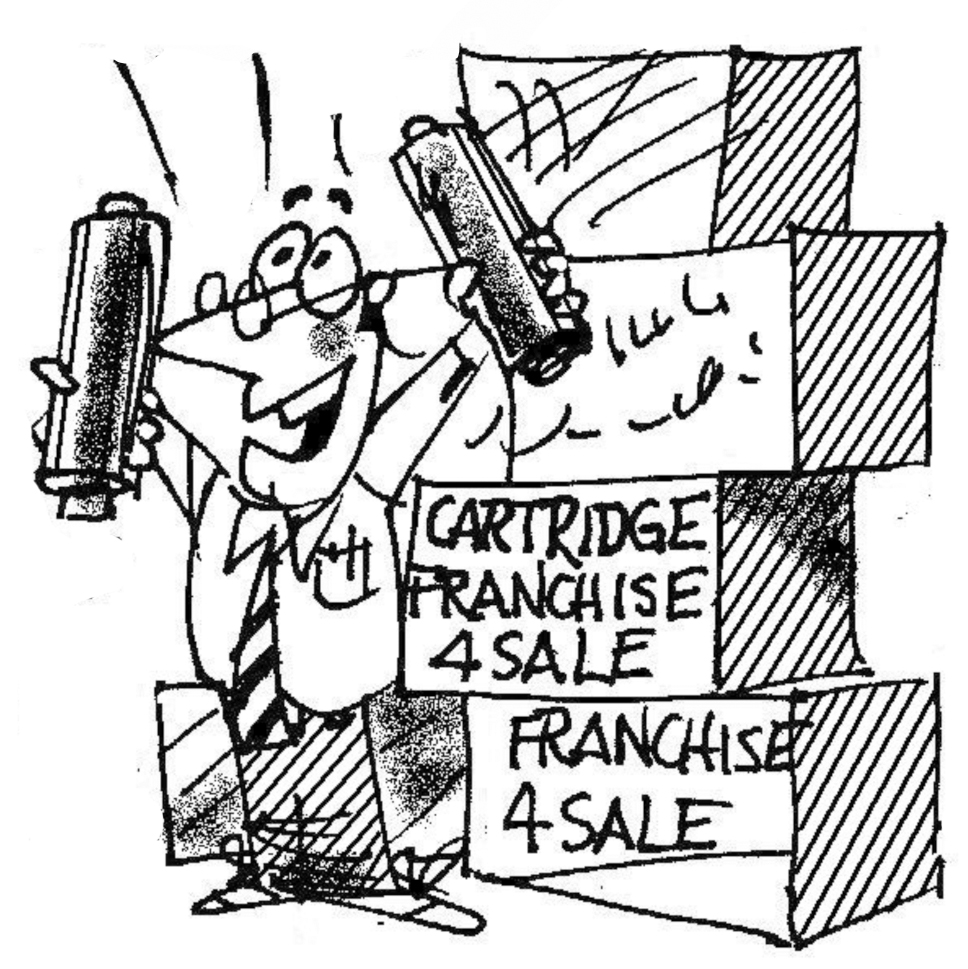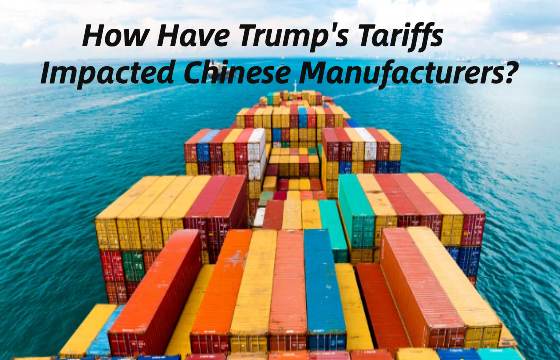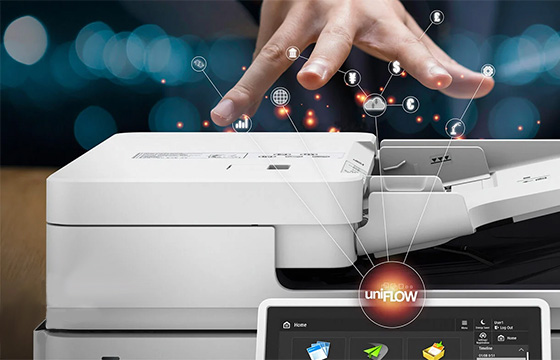HP SecuReuse – “It’s a Trap”
HP SecuReuse – “It’s a Trap”
“When you look at the dark side, careful you must be. For the dark side looks back.” —Yoda
By now, you have read the news about HP beginning to pilot its SecuReuse program. It offers select remanufacturers in Europe and perhaps America the opportunity to reset their chips and partner with HP.
Get the popcorn, and let me take you to an entirely fictional future universe in a galaxy far, far away:
Before we rush in and embrace HP, which would be good for the industry, let alone consumers, let’s just stop and think this through first.
Even if you are naive enough to believe that the “Empire” is doing this for environmental and altruistic reasons, we’ve seen this movie and we know the franchise format.
By the way, I’m not writing this article to help you, I’m writing it so that in 5-10 years time, I can look back at it and give you a big fat “Told you so”. This was the decision where you ruined your business and perhaps the whole aftermarket.
The first movie is called Amplify, and this is my screenplay:
- The drug is going to be sweet and cheap, and you are going to get hooked on competitively priced chip resets.
- You’ll get giddy about your partnership with an OEM;
- You’ll overlook the easy commitments they ask for and won’t think through the data they are compiling, like how many cartridges you and everyone else are selling, into which channels and how much of the market share they have the ability to capture at the end….
- You’ll market the partnership to your customers without realizing that you are helping build someone else’s brand in a channel that currently chooses not to buy from them.
- Each year, the price of the chip reset will rise, as will the commitments to stay in the program. A greater share of the profit in the cartridge will transfer from the OEM. The delta between your product and OEM will shrink, meaning more customers will wonder why they don’t just buy the OEM original.
- At some point, the program requirements will include customer data reporting like they did with Amplify, and you will try and resist. Ultimately, you will capitulate because you are an addict by now.
- Meanwhile, the revenue you spend with the remaining few chip manufacturers will decrease, and the dollars necessary to work around new chip IP will fall. Those companies that invest heavily (and, yes, it requires a huge commitment of resources) will slow or stop investing in designing new chip technology, and there will be few or no options.
- Then, The Eagles hit song “Hotel California” will start playing in your head and you’ll finally decide not to renew the agreement for another year and go back to aftermarket chips.
- But there won’t be any. Don’t believe me? Who’s making compatible Lexmark 4th Generation chips, then? Oh, no…..
Worse, once the non-circumvent timeframe runs out, HP will just end the program or cut you off and begin selling directly to the customers from the data you gave them if and when it suits them.
How many months did you agree to…..?
“Relax” said the night man, “We are programmed to receive. You can check out anytime you like, but you can never leave” —Lyrics, “Hotel California”, The Eagles.
 Christian Pepper has been in the office printing industry since 1996 and has held management and executive positions within printer OEM and aftermarket hardware and consumable manufacturers. In all roles, he has worked with the reseller channel and says he is passionate about helping resellers increase their revenue and profitability.
Christian Pepper has been in the office printing industry since 1996 and has held management and executive positions within printer OEM and aftermarket hardware and consumable manufacturers. In all roles, he has worked with the reseller channel and says he is passionate about helping resellers increase their revenue and profitability.
Supported by a fantastic team of Engineering and Business Development professionals, he is now responsible for leading the Channel Partner Division at LD Products—the world’s largest online aftermarket consumables retailer.
Related:
- OEM Firmware Strategies Could Violate US Anti-Trust Laws
- Is All Fair in Love and War – Firmware updates
- LD Products’ Christian Pepper Argues for New-Built Cartridges
Comment:
Please add your comments below about this opinion article: HP SecuReuse – “It’s a Trap”











Correct…
We made this mistake already when we accepted the chip ID change and marked the trademark field so the customer (printer) would be able to see, at the last possible moment, that he had inserted a re-manufactured cartridge and not an OEM.
Consequence: changing printer behavior according to which chip is recognized.
But hey, knowing humans we will make the mistake again.